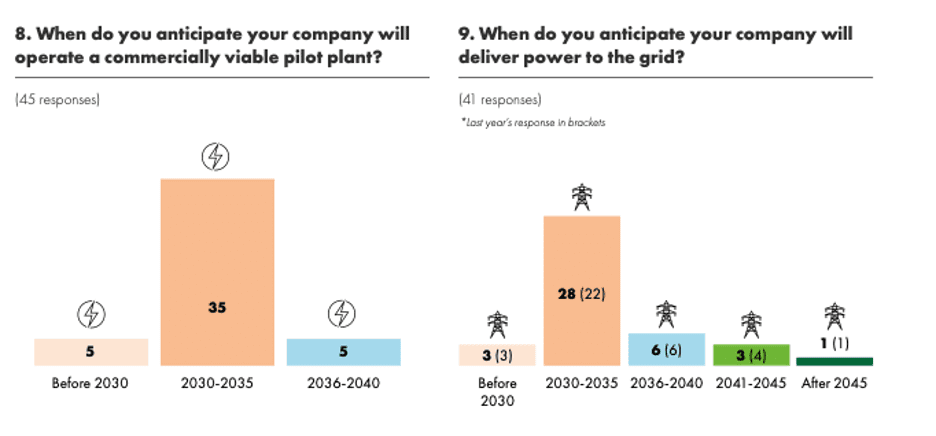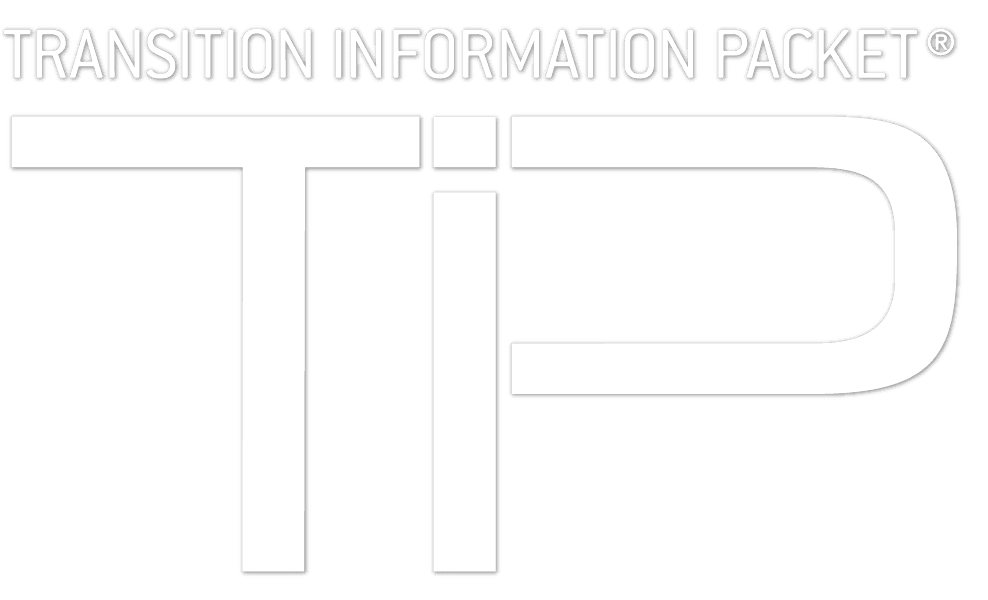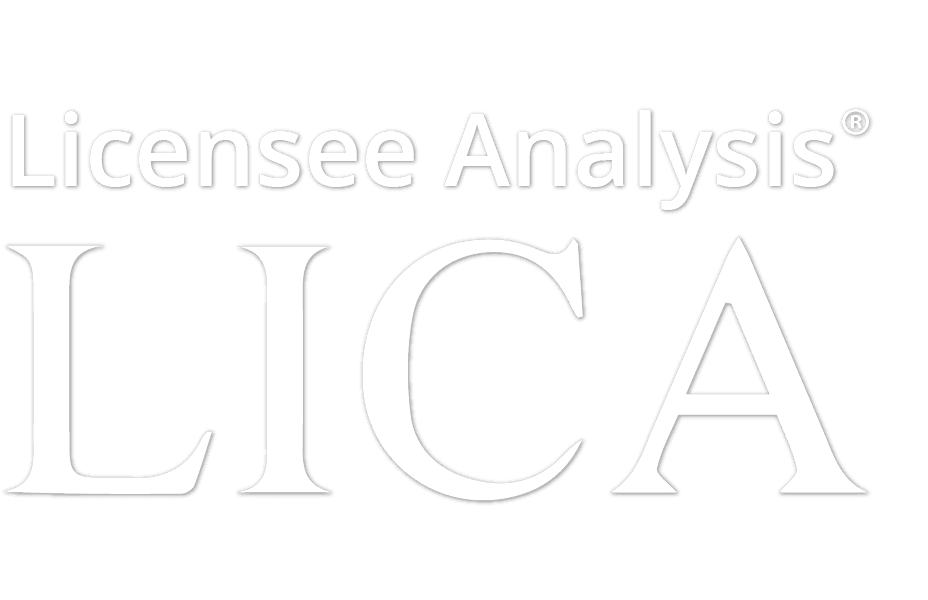It’s not difficult to imagine miners panning for gold during the 1800s, but what exactly would mining in space look like? That is one area that NASA’s Space Technology Mission Directorate (STMD) is looking to develop.
Missions like the Lunar Prospector, Chandrayaan-1, Lunar Reconnaissance Orbiter (LRO), and the Lunar Crater Observation and Sensing Satellite (LCROSS) have taught us that ice, referred to as “water ice” exists on the poles of the Moon, and it is present in permanently shadowed regions (PSRs), where temperatures are low enough to keep water in a solid form despite the lack of atmospheric pressure. However, unsurprisingly, there are a few challenges that come with mining on the moon. For example, desorption and sublimation can occur at temperatures as low as 150 K, and the inverse challenge exists with water collection – unless the water vapor is under pressure, extremely cold temperatures will be necessary to capture it. To address this, NASA is seeking methods to acquire lunar water ice from PSRs and, oxygen from lunar water. While a lunar water prospecting mission is needed to fully understand the utilization potential of water on the lunar surface, NASA recognizes the need to make progress on the technology needed to extract oxygen from dry lunar regolith – a blanket of dust, broken rocks and other superficial deposits layered on the rock surface of the moon.
Mining in space isn’t just interesting to read about, the market potential for this area is growing. MarketsandMarkets reports that the space mining market was valued at $0.49 billion in 2017 and is expected to reach $2.84 billion by 2025, at a compound annual growth rate (CAGR) of 23.6%. The US is expected to grow at the highest CAGR due to the upcoming space exploration and mining missions by NASA and private players in the U.S., such as Deep Space Industries and Planetary Resources, increasing investments by private players in asteroid mining companies, and growing number of government initiatives to boost space exploration activities. The U.S. government updated commercial space legislation with the passage of the Spurring Private Aerospace Competitiveness and Entrepreneurship (SPACE) Act of 2015 (also known as Commercial Space Launch Competitiveness Act) in November 2015, which explicitly allows US citizens to engage in commercial exploration and exploitation of space resources, such as water and minerals. Additionally, the U.S. Space Force (USSF), the newest branch of the Armed Forces, was established in December 2019 with enactment of the Fiscal Year 2020 National Defense Authorization Act.
In addition to lunar water ice from the PSRs, data from NASA Lunar Reconnaissance Orbiter (LRO) spacecraft uncovered new evidence that the Moon may be rich in metals such as iron and titanium. The hypothesis is that large meteors hitting the Moon have excavated these metal oxides from beneath the Moon’s surface – suggesting concentrations of the metal underground. Previous research and geological surveys have shown than the Moon contains three crucial resources: water, helium-3, and rare earth metals. While enabling technologies are still under investigation, one technique that has recently generated interest is “ablative arc mining,” which is part of a project led by Amelia Greig, an assistant professor of mechanical engineering at the Aerospace Center at the University of Texas in El Paso. Dr. Greig’s project was recently chosen as part of the Phase I Fellows program for NASA’s Institute for Advanced Concept (NIAC). Other innovative ideas are likely to emerge during Lunabotics, NASA Kennedy Space Center’s robotic mining competition, which is one of NASA’s Artemis Student Challenges – when registration closed in September, more than 50 teams had registered to compete in the 2021 challenge.
Today, major players and space agencies in the space mining market include Deep Space Industries (US); Planetary Resources (US); Moon Express (US); ispace (Japan); Asteroid Mining Corporation (UK); Shackleton Energy Company (SEC, US); Kleos Space (Luxembourg); TransAstra (US); OffWorld (US); SpaceFab.US (US); National Aeronautics and Space Administration (NASA, US); European Space Agency (ESA, France); Japan Aerospace Exploration Agency (JAXA, Japan); China National Space Administration (CNSA, China); and Russian Federal Space Agency (ROSCOSMOS, Russia).
Looking ahead, Earth & Space 2021: Engineering for Extreme Environments will be held VIRTUALLY April 19-23, 2021 and will include a symposium on Exploration and Utilization of Extra-Terrestrial Bodies. The Space Resources Roundtable (SRR) and the Planetary & Terrestrial Mining Sciences Symposium will hold their 11th joint meeting virtually the week of June 7-11, 2021.







